Fort Hill Estate
Introduction
Text-to-speech Audio
Images
Fort Hill
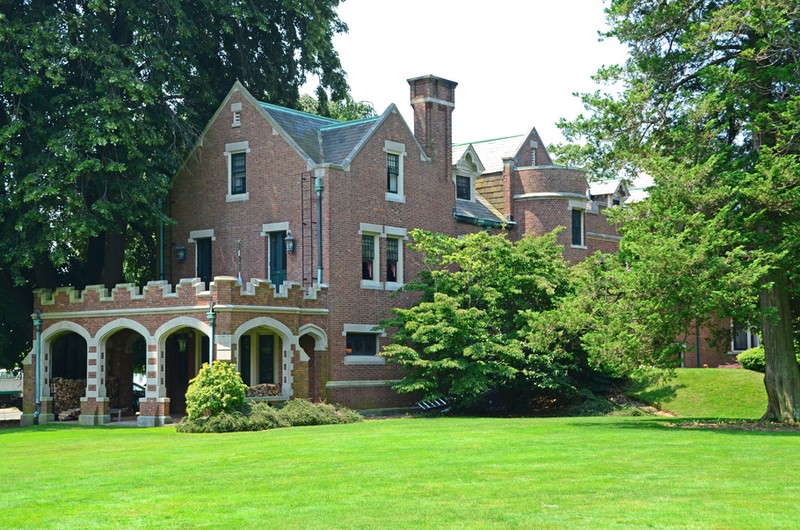
The view from the home's verandah
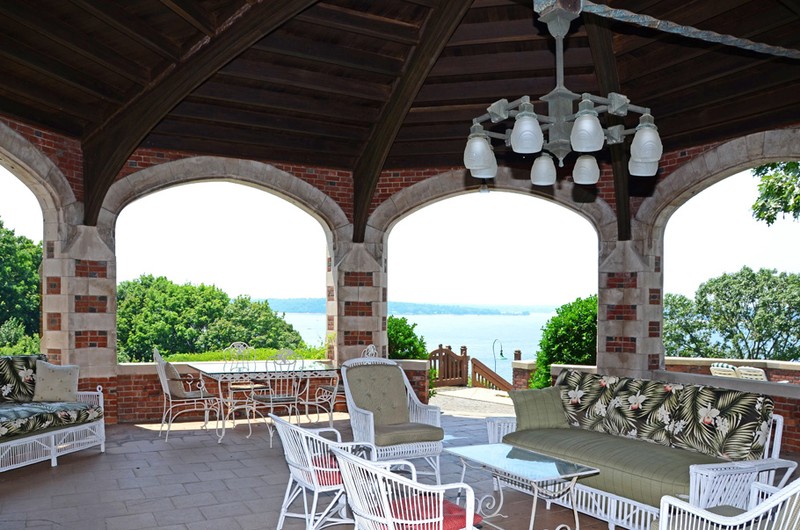
Part of the home's interior
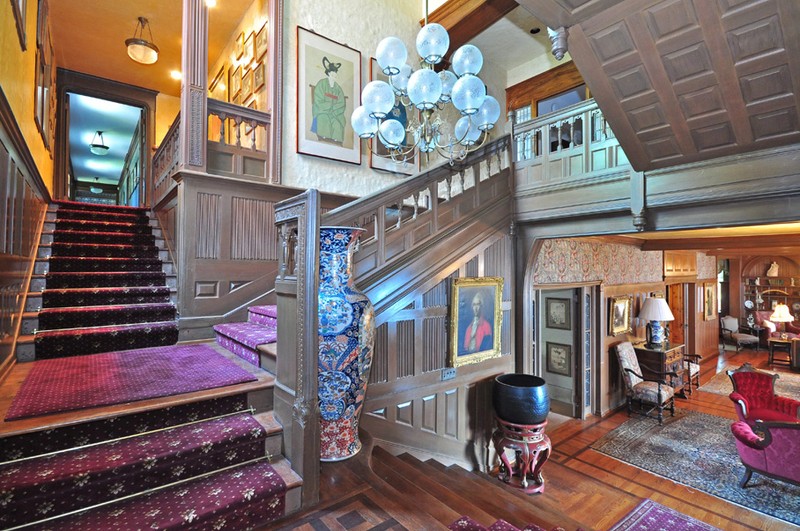
Part of the home's interior
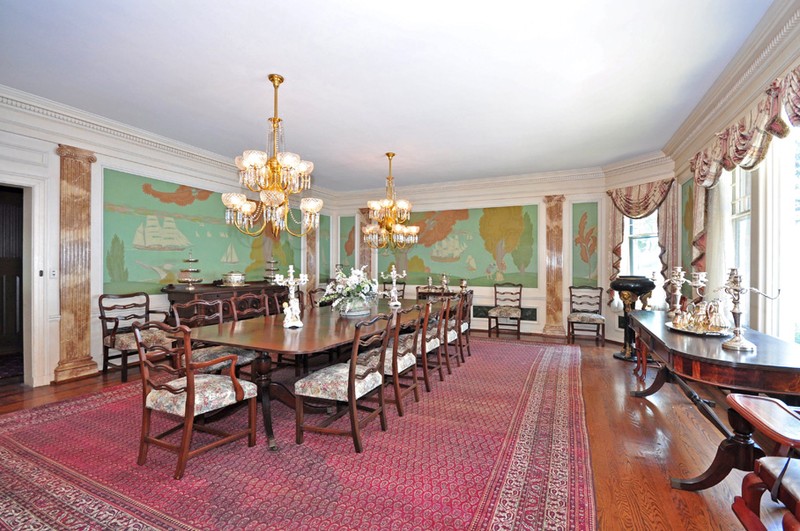
The grounds
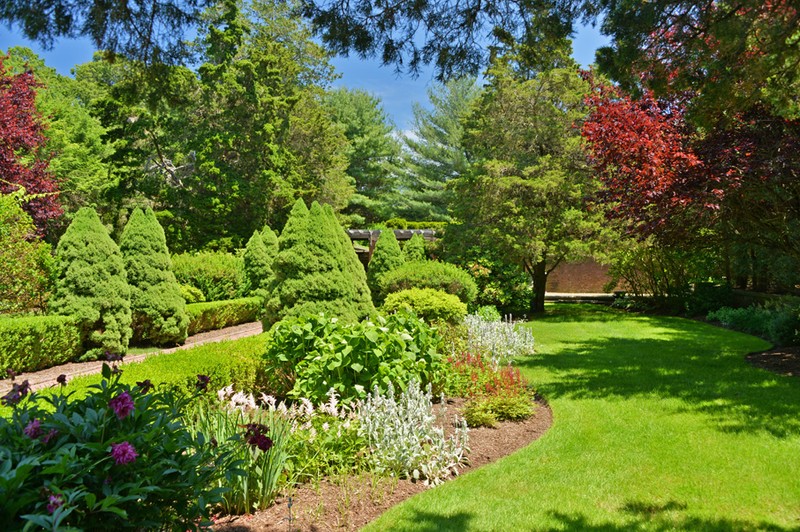
Backstory and Context
Text-to-speech Audio
Arguably one of the grandest of the Gold Coast estates, Fort Hill estate began began as a summer home for Anne Coleman Alden. But the property itself has a rich history that preceeds that of the United States. Originally known as Caumsett, the land was purchased from the Matinecock Indians in 1654. In 1670, James Lloyd purchased the property and his son, Henry, developed it in the tradition of an English manor. Much like a feudal manor, tenants would pay a certain amount to be able to live and work on the property.
During the Revolutionary War, Lloyd's Neck was a critical strategic area for the British, who used it both to supply and defend the British army in New York City. Key among their fortifications on Long Island was Fort Franklin, which was situated on a high bluff overlooking Lloyd's Neck. Interestingly, the fort was named for William Franklin, the Loyalist son of Benjamin Franklin, who would largely cut all ties with William because of his support of the British crown. The strategically located Fort Franklin aided in the British defense of its warships docked in Cold Spring Harbor and Oyster Bay. Continental forces would attempt to take Fort Franklin on several occasions but with no success.
The Lloyd family forfeited ownership of the property to the British and it was eventually purchased by Anne Coleman Alden. Alden commissioned the acclaimed architectural firm of McKim, Mead, & Bigelow to design a summer home on the property. In 1900, William Matheson purchased the estate. Matheson was a skilled chemist who founded a dye and chemical company that would eventually merge with J.P. Morgan's Allied Chemical. Matheson also owned a coconut plantation in Key Biscayne, Florida. He purchased more than 300 acres from the Alden heirs and hired the architects Boring and Tilton to design a manor house over the existing Alden home.
The Matheson home is an expansive brick and limestone structure consisting of 37 rooms. The home includes an indoor squash court, a commercial-sized kitchen, a solarium, and a separate wing with a ballroom and large guest suite. The architects designed the home to include elements reminiscent of Fort Franklin, including parapets, colonnades, and ramparts overlooking the water. The formal dining hall features fresco murals by well-known 1930s naval artist Griffith Bailey Coale. The murals have been meticulously maintained by preservationists from the Smithsonian Institute. Many of the rooms feature large windows with expansive views of the water. Beyond the home are acres of formal gardens, walkways, and a lighted staircase that descends to the 1,800 feet of coastline.
The home was purchased in 1992 and underwent an extensive restoration over the course of three years. Modern amenities were added, the electrical and heating were updated, and a new, 5,000 square foot garage built to resemble the house was added. The estate, which is listed on the National Register of Historic Places, sold most recently in 2019 for $5 million.
Sources
Winzelberg, Daniel . Historic Long Island Estate Sells for 5M, Long Island Business News. January 8th 2019. Accessed April 29th 2021. https://libn.com/2019/01/08/historic-long-island-estate-sells-for-5m
The Property, Fort Hill House . Accessed April 29th 2021. http://www.forthillhouse.com/the-property.html.
Life and Times of William John Matheson, Keys History . Accessed April 29th 2021. http://www.keyshistory.org/Matheson-5.html.
